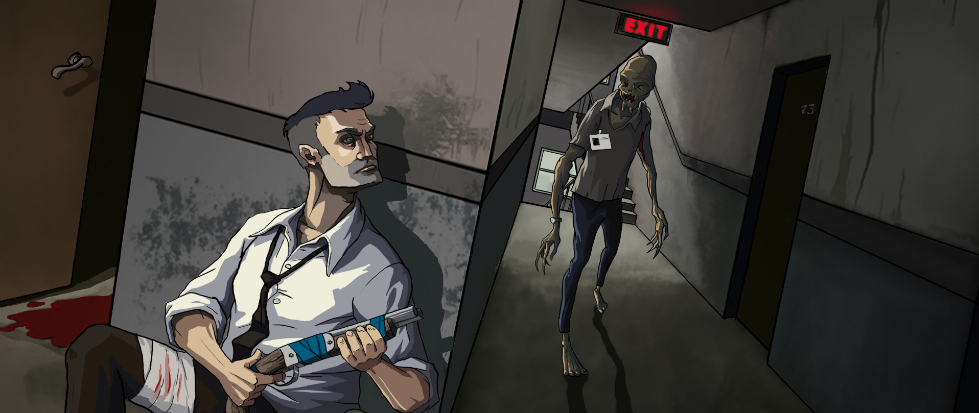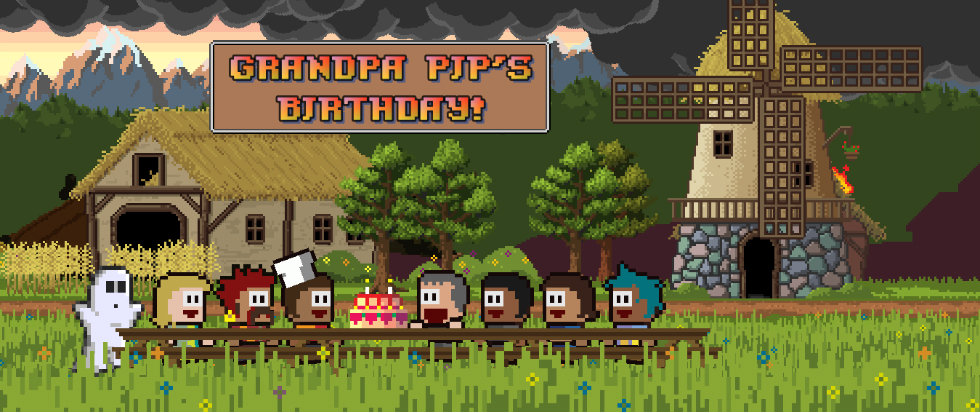
Umiro Is The Relief of Recovering Lost Memories
E-soterica spotlights the indie darlings Khee Hoon Chan and Alyse Stanley just can’t stand to see players miss. Titles that buck convention, brave uncommon subjects, or whose strangeness begs players to stop and gawk. Join us each week as we scour the corners of the internet to share what treasure we find.
–
At the beginning, every map in Umiro is pure monochrome. The only daub of color comes from a lustrous blue figure, who’s waiting in an antechamber towards a quiet, compact city. Tap on this figure with your finger or cursor, and you can draw a brushstroke towards a glowing crystal at the other end of the town. It’s then you see the vibrant colors of this virtual city emanating from the line, while the figure traces his steps alongside your crudely-drawn path. Soon after, all the colors make a prismatic return to this world, every inch of the screen bursting in glorious technicolor.
While a sight to behold, seeing the hues of color seep back into the city is more than just the exhilarating thrill of completing another level in a game. It’s the bittersweet relief of recovering a missing memento, of finding something you thought was lost for good. While these emotions may verge on saudade, they never feel cheesy or overwhelming, thanks to an ambient soundscape that deftly accentuates the ebb and flow of Umiro’s wistful moments.

What makes this atmosphere so ably crafted is how well it compliments the game’s themes of loss and longing. The narrative is centered around its young protagonist, Huey, and as the aforementioned blue figure, he suddenly found himself transported into this hypnagogic landscape completely bereft of his memories, save for a few fleeting flashbacks. He’s soon joined by another girl named Satura, who seemed to be suffering from the same debilitating effects. Together they embarked on a journey to recover their memories, as they uncover the circumstances that led to their current state.
Yet, peel away its flat, minimalist visual aesthetics, and the crux of the Umiro experience lays in its myriad, contemplative puzzles. As to be expected, the maps aren’t devoid of obstacles; they come in the form of raven-black orbs that patrol the vicinity. Moreover, the introduction of Satura as an additional character to manipulate, does ramp up the difficulty significantly. I’m not enthused about coming up with elaborate strategies in puzzle games, and am more of a trial and error kind of player; in fact, I tend to haphazardly doodle random lines on the map until the characters stop fainting from my frequent failures. While this play style is earth-shatteringly brilliant, growing weary from these repeated attempts is a burgeoning reality. Umiro’s meticulously crafted setting and mood make these pains easy to overcome. It’s a testament to how enchanting its spaces are.
As Huey and Satura traverse across the maps, they often discussed these places’ familiarity; a schoolyard they used to while their days away in, a town they grew up in; or a local theater they frequent. Yet the desaturated, glassy universe they found themselves in is more frightful than recognizable. Drained of their iridescence, these cities appear derelict and cold; but still the duo trudge on, keen to rediscover the memories—both delightful and painful—that they’ve lost. Upon touching the crystals that jolt bits of their memories back, a deluge of colors surges back to these cities. And the sense of reassurance and relief upon recovering the memories—and the colors—that had been missing all along, is intensely palpable.





